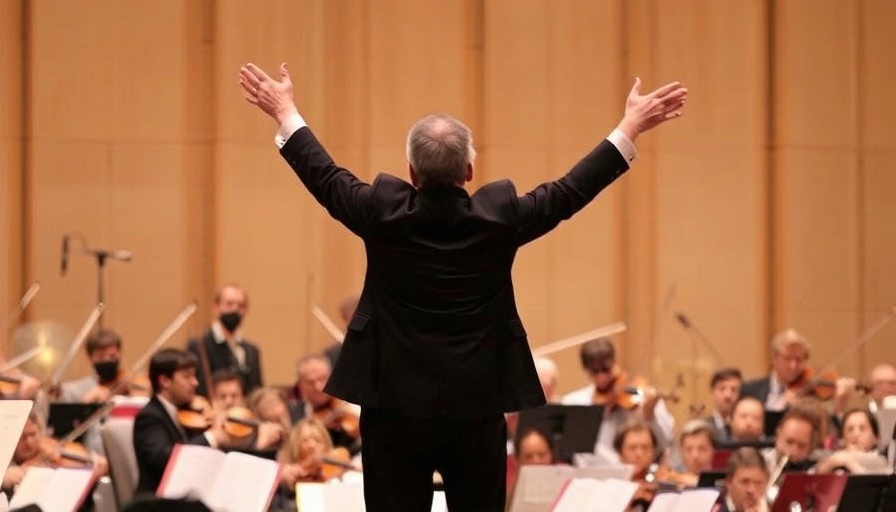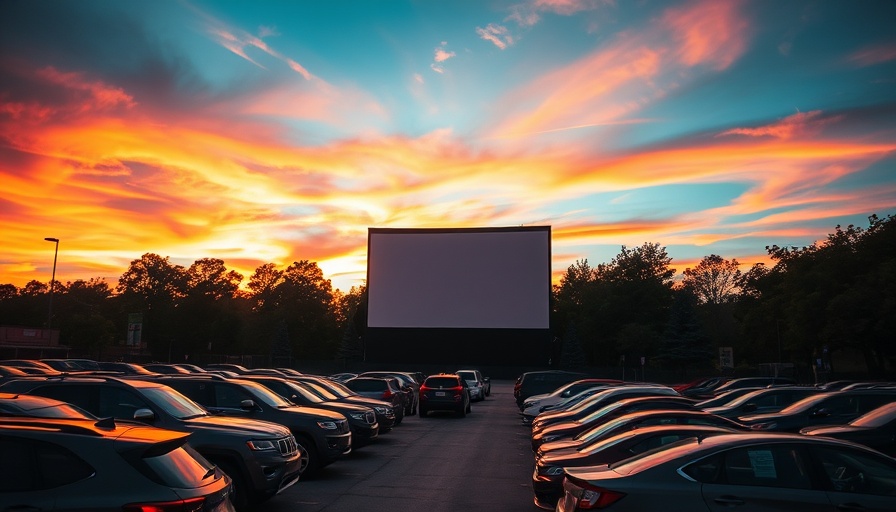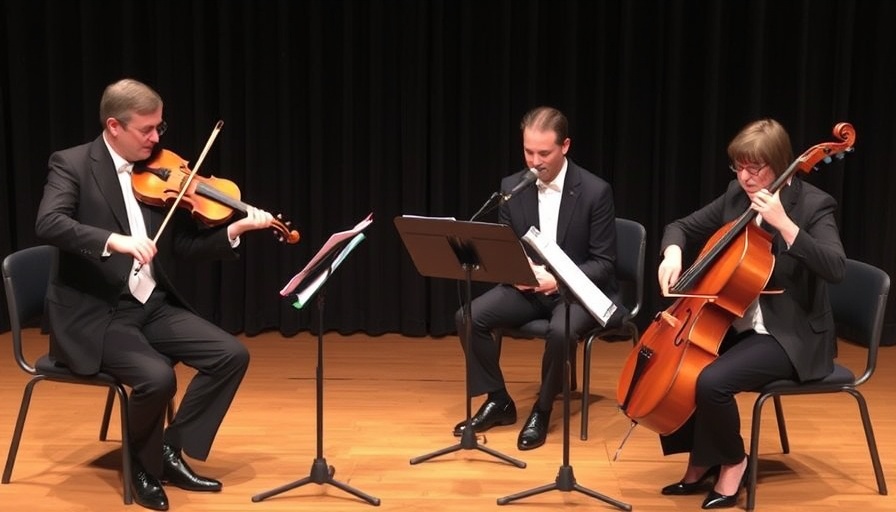
An Unforgettable Farewell: Mahler’s ‘Resurrection’ Conducted by Dudamel
As Gustavo Dudamel prepares to close a monumental chapter in his illustrious career, he chose to bid farewell to Los Angeles with a powerful performance of Mahler's Symphony No. 2, also known as the 'Resurrection.' Conducted at the famed Walt Disney Concert Hall on October 9, the concert combined an ensemble of over 200 musicians, soloists, and a massive chorus, creating a breathtaking experience that underscored the symphony's deep themes of life, death, and rebirth.
The Colossal Power of Mahler’s Music
Mahler's Second Symphony is nothing short of a musical behemoth. With its extensive orchestration including an organ, ten horns, ten trumpets, and a range of percussion instruments, this symphony creates an immersive sound that resonates on multiple levels. Mahler masterfully uses these instruments not merely for volume but to evoke an entire spectrum of human emotion and experience. Dudamel's dedication to the score was palpable as he conducted without a score, effortlessly weaving the movements into a cohesive narrative that is both complex and accessible.
A Personal Journey through Sound
In many ways, this performance was as much a personal journey for Dudamel as it was a presentation of Mahler's work. The conductor, who has built his reputation as one of the foremost interpreters of Mahler’s music, appeared to infuse his interpretation with elements of his own life experiences. Drawing on the reflection of Mahler's life struggles and triumphs, Dudamel navigated the symphony’s narrative as if he were recounting his story, from darkness to light—a theme vividly illustrated in the symphony's evolution.
Breathtaking Moments and Emotional Highs
Particularly riveting moments included the funeral march in the Allegro maestoso movement, where the cellos and basses showcased an intensity that prepared the audience for the horrifying confrontation with mortality. Likewise, the second movement, with its echoes of a rustic Austrian minuet, provided a delightful contrast, a moment of joy amidst the overarching themes of solemnity. The spirited dialogue between the woodwinds and strings added layers of nuance that were expertly drawn out by Dudamel, encouraging a seamless transition through the various moods embedded within the music.
The Climactic Finale
Perhaps the most transcendent moment came in the concluding movements, where the Los Angeles Master Chorale joined forces with the soloists, soprano Chen Reiss and mezzo-soprano Beth Taylor, to bring forth the symphony’s message of resurrection. Their stirring voices, coupled with the power of the orchestra, created a soundscape that lifted the audience upwards, embodying the essence of Mahler’s vision of hope and renewal. As the final notes lingered in the air, it felt as though the entire hall was filled with the spirit of everything that had been lost, and everything that could still be gained.
A Parting Gift to Los Angeles
Dudamel's farewell performance was more than just a concert; it was a celebration of life, an exploration of profound themes using the rich language of music. As the audience cheered and the musicians shared in the magic of the moment, it was clear that the LA Phil had not just played a symphony; they had shared an experience—a moment that would linger long after the last echoes faded away. In choosing Mahler’s ‘Resurrection’ as his final hurrah, Dudamel left a lasting legacy in Los Angeles, a city that has been transformed by his passionate leadership.
Join the Celebration of Music and Community
For those who wish to celebrate Dudamel’s legacy and keep the spirit of this performance alive, consider attending local concerts and engaging with community arts organizations. In a world increasingly fragmented, music remains a powerful force uniting us, reminding us of our shared experiences and collective joys.
 Add Row
Add Row  Add
Add 



Write A Comment